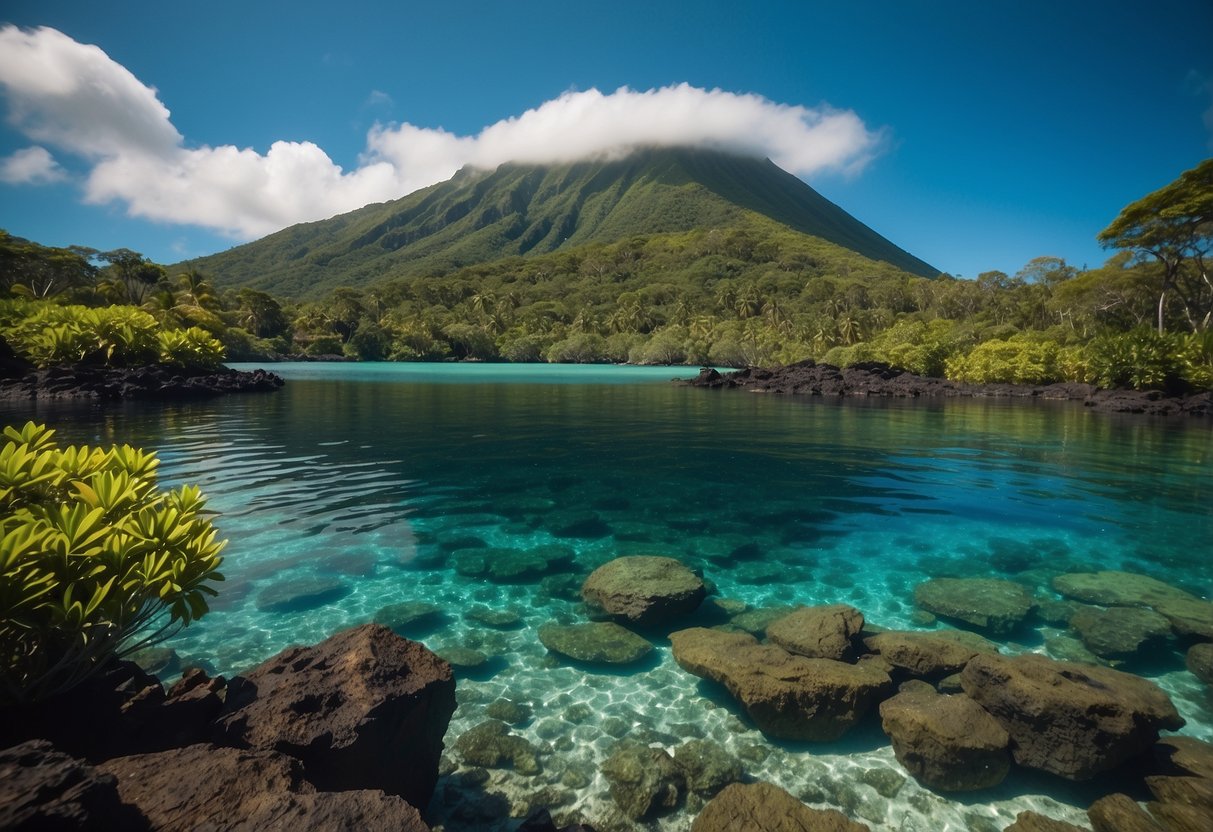
Visiting the Protected Areas
Visitors to the Galápagos National Park can explore its incredible biodiversity and landscapes. The park is divided into several visitor sites, each offering unique experiences. Guided tours led by licensed naturalists are mandatory to minimize environmental impact.
Key sites include Española Island, famous for its waved albatrosses, and North Seymour Island, known for its blue-footed boobies. Marine sites like Devil’s Crown provide excellent snorkeling opportunities to view diverse marine life.
The Charles Darwin Research Station on Santa Cruz Island is a must-visit. It offers insights into ongoing conservation efforts and houses a giant tortoise breeding center. Sustainable tourism practices ensure that visitors enjoy the park while contributing to its preservation.
Exploring the Archipelago’s Islands
From breathtaking volcanic landscapes to thriving biodiversity, each island in the Galápagos archipelago offers unique experiences. Discover the diverse features and prominent attractions of Santa Cruz, Isabela, San Cristóbal, Española, Genovesa, Bartolomé, and Baltra Islands.
Santa Cruz Island
Santa Cruz Island is a vibrant epicenter of the Galápagos. Known for the Charles Darwin Research Station, it offers valuable insights into conservation efforts. Puerto Ayora, the island’s main town, is bustling with local culture, shops, and eateries.
The island’s Highlands present lush greenery and opportunities for close encounters with giant tortoises. Santa Cruz is also home to Tortuga Bay, a stunning beach famed for its white sands and crystal-clear waters. Kayaking, snorkeling, and wildlife-spotting add to its allure.
Isabela Island
Isabela Island, the largest in the archipelago, is known for its six volcanoes, with Sierra Negra being particularly notable. Visitors can hike to the volcano’s rim for panoramic views. The island’s diverse terrain includes lava fields, mangroves, and beaches teeming with marine life.
Exploring the Tintoreras islets presents the chance to spot white-tip sharks, sea turtles, and other wildlife. The town of Puerto Villamil provides access to various attractions, including the Wall of Tears, a historical site. The Flamingo Lagoon is another highlight offering bird-watching opportunities.
San Cristóbal Island
San Cristóbal Island is the easternmost island and home to the Galápagos’ capital, Puerto Baquerizo Moreno. The island features a combination of beautiful beaches and rich history. Kicker Rock, an iconic rock formation, is perfect for scuba diving and snorkeling.
La Lobería Beach is accessible and frequented by sea lions. The Interpretation Center provides insights into the island’s human and natural history. El Junco Lagoon, a freshwater crater lake, is surrounded by lush vegetation and offers a serene escape.
Española and Genovesa Islands
Española Island is celebrated for its diverse bird species, including the waved albatross. Gardner Bay boasts pristine beaches and turquoise waters, ideal for snorkeling. Punta Suárez offers rugged cliffs and an abundance of birdlife.
Genovesa Island, also known as Bird Island, is a haven for birdwatching enthusiasts. The Great Frigatebird and Red-footed Booby are commonly observed here. Landing at Darwin Bay, visitors can trek through seabird colonies nestled in mangroves.
Bartolomé and Baltra Islands
Bartolomé Island is famed for its Pinnacle Rock, a towering volcanic formation. Hiking to the summit rewards visitors with panoramic views of the surrounding islands and seas. Snorkeling around Pinnacle Rock reveals vibrant underwater life, including Galápagos penguins.
Baltra Island, primarily known for its airport, serves as the main gateway to the archipelago. The island itself offers limited attractions but plays a vital role in the logistics of Galápagos travel. Its proximity to Santa Cruz makes it a natural starting point for exploring the archipelago.